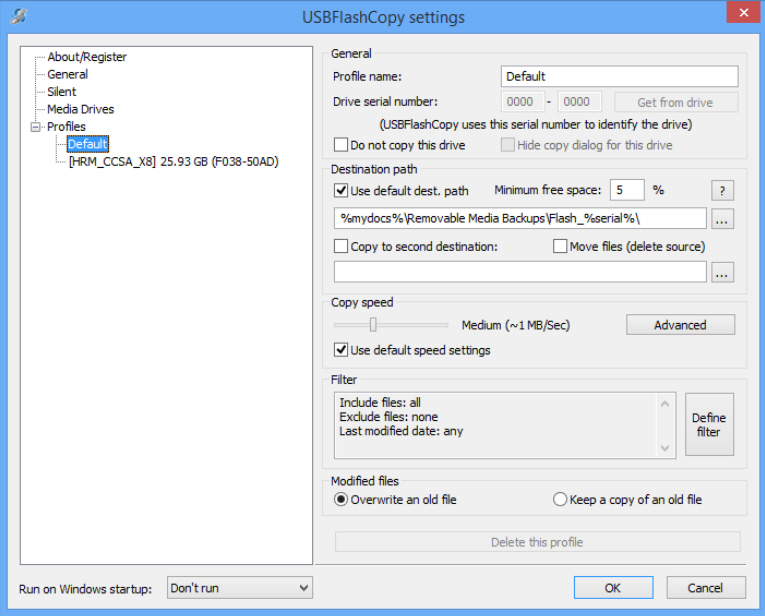
Īs an example, let’s say emails are being collected by a clients’ IT department.
FILE DETAILS MODIFIED BY COPIY TO USB ZIP FILE
This is done by put ting data into a container, such as a ZIP file or a PST, which you can copy and move without affecting the data you see in your r eview p latform. The best way to ensure you're not changing the meta data of the data you collect is to "containerize" it. If you move a file, it doesn’t change these fields. If you copy a file, the “Created Data” of the new copy will be that of the time it was copied. It’s imp ortant to be careful about inadvertently changing metadata during data collection. ZIP files on the other hand maintain this File System Metadata. For these attachments, it's not unusual to have no date associated with the document or for the only date of the file to be the date it was processed such as when it was extracted from the email and saved as a stand-alone file. Different file systems will track different information, however they all track the File Name and likely the Date Created and Date Modified details (note: attachments to emails are an exception to that).Ī TXT file attached to an email will not have dates associated with it since it has no internal metadata. We call this File System Metadata because it's tracked and saved by whichever system the file resides in. Metadata is also found outside of the file. If you change anything in these fields, it will change the hash of the file and won’t register as a duplicate of the original file (though Near Duplication Detection would recognize the two files as 100 per cent matches since the contents of the file have not changed). The Word examples above show all the metadata fields that exist within the file type.
FILE DETAILS MODIFIED BY COPIY TO USB HOW TO
Keep reading to learn how to properly manage your files during the data collection process. These additional fields will allow you to keep track of information that may be useful or pertinent for future reference. While most eDiscovery tools won’t capture unusual metadata, you can create your own custom fields in Word. In today's Tuesday Tip, we'll be showing you how to collect, copy and move data without accidentally changing the hidden (and extremely important) details about the file. But, as we know, behind the scenes Word also keeps metadata about the document including the author’s name and the date it was created, modified and printed.


In a Word file, the document contains all of the data: words, put into paragraphs, displayed on pages.


 0 kommentar(er)
0 kommentar(er)
